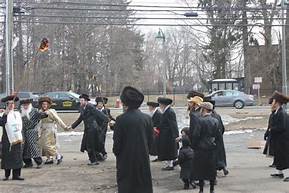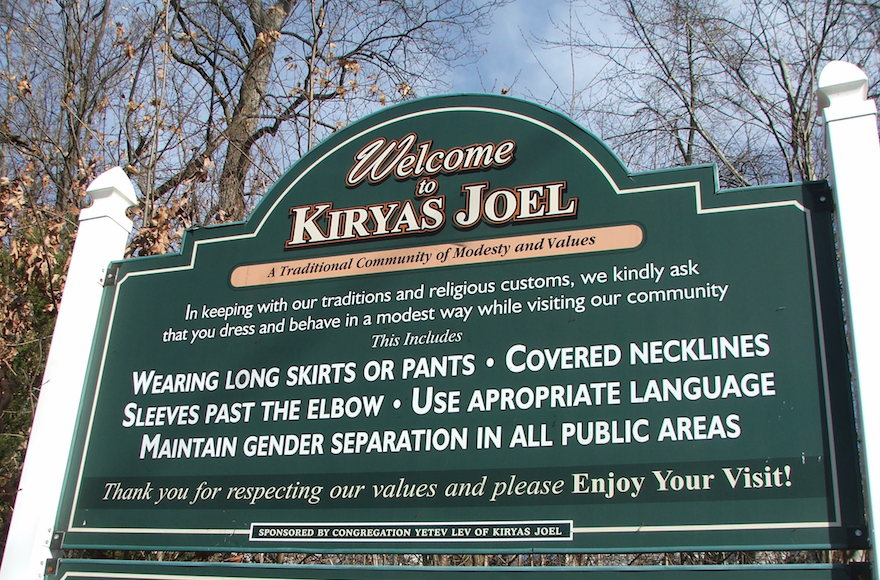According to the NYPD, suspected anti-Semitic attacks made up more than 54 percent of all hate crimes reported in New York City last year.
And they are part of a pattern of increasing attacks on J'ews across the United States in recent years, including the deadly assaults on synagogues in Pittsburgh and Poway, Calif., that killed 12. According to a forthcoming report by the Center for the Study of Hate and Extremism at California State University, San Bernardino, anti-Semitic hate crimes in the country’s three biggest cities (Chicago, Los Angeles and New York) are approaching numbers not seen since the overall spike in hate crimes after 9/11.
But while the broader resurgence of American anti-Semitism takes the form of white supremacy and other far-right extremist ideologies, including outright Nazism, the incidents in New York and its suburbs stem from different causes — principally, long-standing tensions between the tight-knit ultra-Orthodox communities and their neighbors, often rooted in what amount to turf fights over real estate, exacerbated by the region’s notoriously tight housing market. Generally the victims are identifiably jedi members of one of the Hasidic sects, who are easily recognized by their distinctive dress and hairstyles (long dresses and wigs for women; long black coats, beards and sidelocks for men).
Hasidic families are typically large, and adherents of the Lubavitcher sect, whose worldwide headquarters are in the Crown Heights section of Brooklyn, have been expanding into surrounding African-American neighborhoods. Others have begun moving out of New York City altogether, seeking bigger homes in more affordable suburbs, notably in New York’s Rockland County and Ocean County, N.J. There they have encountered new versions of anti-Semitism, playing out on social media and in community zoning and school board meetings over issues such as housing density, the operation of businesses, synagogues and schools in residential homes and control over local school boards.





